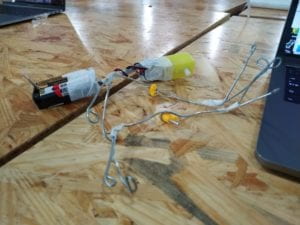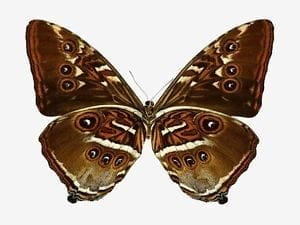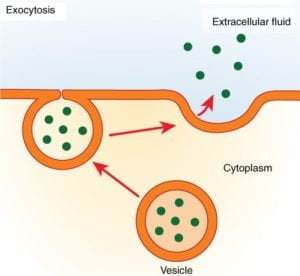Molly and I first attempted to mimic a horse’s gait, which consists of the horse lifting the front hoof of one side and the back hoof of the other at the same time, alternating them to achieve forward motion. We first tried to replicate that with a design made out of legos connected to a motor. Although it achieved the motion pattern we wanted, it was very difficult to have the motor move the mechanism while it remained stable. The next class, we changed the design and started prototyping a set of ‘legs’ arranged in the shape of an X (two long straight ‘legs’, one on each side of the motor), which would spin and bring the motor forward. Molly prototyped the model with two rods of metal, and we then proceeded to create a laser-cut version of it, which involved a ‘foot’ attached to either end of the legs, to provide a bigger contact surface that allowed the motor (which acted as the body) to be propelled forwards. The motor was powered by batteries, which were put like if they were a tail to provide balance to the system. The system no longer mirrored a horse’s locomotion, it now mirrored the Common Basilisk, popularly known as the ‘Jesus Christ Lizard’, which runs over water moving its legs really fast in the same pattern as our system. Improvements could definitely be made to the system, such as making the legs curved instead of straight, essentially resembling a prosthetic lower leg such as that used by former runner Oscar Pistorius, which improves the contact between the foot and the table, allowing it to maybe be more stable. We tried to do a similar thing by adding foam to the feet’s contact surface, but it resulted in the system moving as if it was jumping around, instead of achieving a more gait-like motion. The first picture is the prototype Molly did with the metal rods. The video after that is a video of a common basilisk running through water, and the next two are our mechanisms working before and after adding foam.


